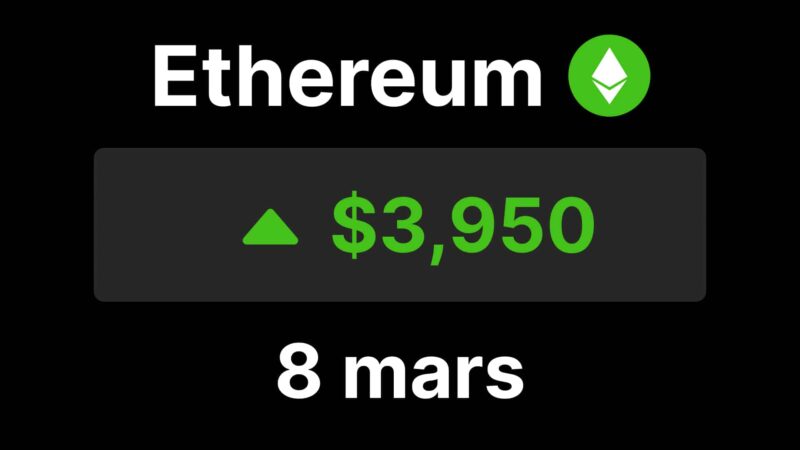The Difficulty of Mining BTC Reaches Historic High of 86.4 Trillion, Indicating a 3.4% Increase Just Before the Bitcoin Halving
As the Bitcoin halving, a major event for the industry, approaches in less than eight days, the difficulty and hash rate of Bitcoin mining continue to climb.
The mining difficulty has reached a new high, hitting a historic peak of 86.4 trillion, according to BTC.com data. This latest adjustment, which occurred on April 10th, marks a 3.4% increase compared to the previous difficulty level of 83 trillion set on March 28th.
Final Adjustment Before the Bitcoin Halving
This mining difficulty adjustment is likely the final one before the Bitcoin halving. According to BTC.com, the next adjustment is scheduled to take place in 13 days, around April 24th. In the meantime, the Bitcoin halving is set to occur in eight days, between April 19th and 20th.
Mining difficulty measures the difficulty and time required to mine a new block or solve mathematical puzzles under Bitcoin’s proof-of-work (PoW) consensus mechanism.
The Impact of Hash Rate on Mining Difficulty
The mining difficulty adjustment occurs every 2,016 blocks, or approximately every two weeks, as Bitcoin is programmed to self-adjust the difficulty level to maintain a target block time of 10 minutes.
Mining difficulty is directly dependent on the hash rate of the Bitcoin blockchain, a unit measuring the computational power of miners to produce new BTC. Alongside the increase in Bitcoin’s mining difficulty, the BTC hash rate has recently experienced a significant rise, going from approximately 619 exahashes per second (EH/s) on March 28th to 696 EH/s on April 10th.
Forecasts Following the Bitcoin Halving
Some analysts predict that the BTC hash rate could decline after the next Bitcoin halving in 2024. According to mining analysts at Galaxy, up to 20% of Bitcoin’s current hash rate could go offline after the halving, with many miners likely shutting down their mining equipment due to reduced efficiency post-halving.




